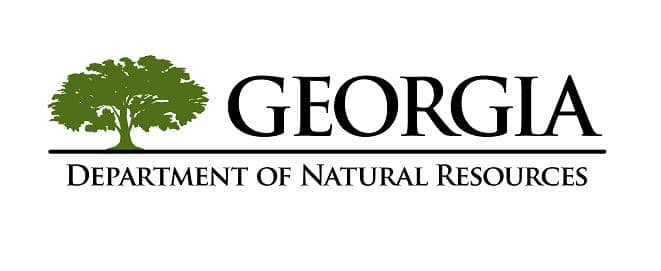Loggerhead Sea Turtle Nesting Going Up in Georgia
Georgia Department of Natural Resources Wildlife Resources Division 10.18.12

Nest counts for these turtles federally listed as threatened fluctuate from summer to summer. But new analysis by the Georgia Department of Natural Resources shows that a string of higher totals in recent years is not an anomaly, according to Mark Dodd, DNR Sea Turtle Program Coordinator.
“For the first time since we started comprehensive nest surveys in 1989 … we have a statistically significant increasing trend in nesting,” Dodd said.
The wildlife biologist with DNR’s Nongame Conservation Section relayed the good news during a Georgia Sea Turtle Cooperative meeting in Brunswick Wednesday. Coordinated by DNR, the cooperative is made up of volunteers, researchers and agency employees who patrol barrier island beaches daily during the sea turtle nesting season, conducting nest protection and management.
“This,” said Dodd, “is what we’ve been waiting for for 20 years.”
Loggerheads laid at least 2,218 nests in Georgia this summer. That’s the most documented during the 24 years the state’s coastline has been closely surveyed for sea turtle nesting. The new high capped three consecutive summers of record totals, including 1,760 nests in 2010 and
1,992 in 2011.
Yet it took statistical analysis to assure wildlife biologists that the turnaround is for real.
Dodd credits a wide-range of conservation measures, from Sea Turtle Cooperative members using wire screen to shield nests from predators to commercial fishery regulations reducing sea turtle deaths off Georgia’s coast and far into the Atlantic Ocean.
The health of such an iconic species effects coastal environments and economies. And in a state where more than 30 percent of residents 16 and older take part in wildlife-watching activities, the Sea Turtle Cooperative reflects that interest and diversity.
Partners include Cumberland Island National Seashore, Georgia Sea Turtle Center, Little Cumberland Island Homeowners Association, St. Simons Island Sea Turtle Project, Sea Island Co., The Lodge on Little St. Simons Island, the U.S. Fish and Wildlife Service (including Blackbeard and Wassaw islands), the St. Catherines Island Foundation, Caretta Research Project and Tybee Island Marine Science Center.
Loggerhead sea turtles still face challenges. According to the federal recovery plan, the species may be considered recovered in Georgia if the population shows a 2 percent annual increase for 50 years resulting in a statewide total of 2,800 nests annually.
But after this summer, recovery looks much more possible.
Dodd mentioned sea turtle work that began more than 40 years ago on some Georgia beaches.
“We have been doing this a long time. Even though we recognize loggerheads are a long-lived species, at some point you wonder … when is it really going to pay off? I think we’re starting to see that.”

